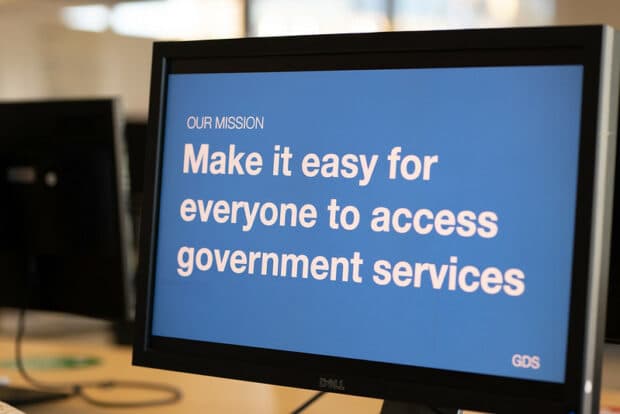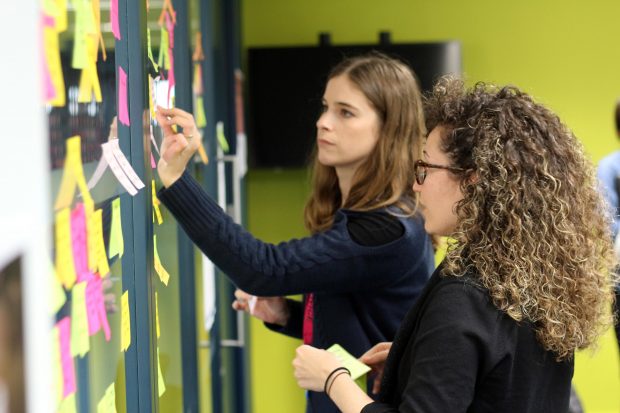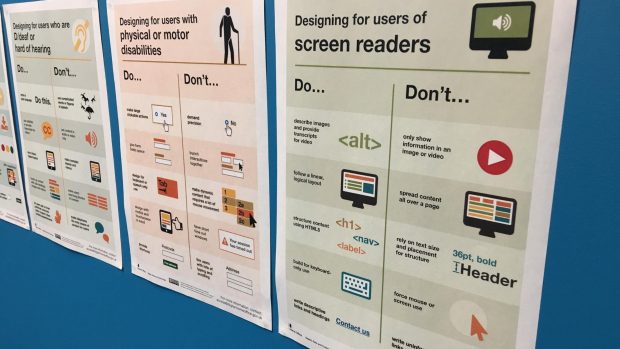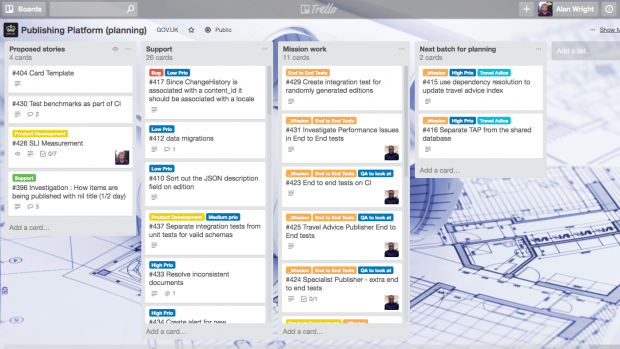How and why we removed jQuery from GOV.UK

Removing jQuery from GOV.UK was a huge yet manageable task that led to improved code and performance gains across the site. This is how and why we did this work.

Removing jQuery from GOV.UK was a huge yet manageable task that led to improved code and performance gains across the site. This is how and why we did this work.

We’ve been working on how to scope improving the starting and sustaining a business whole user journey, a big, complex space. Here are 5 lessons we’ve learned.

We've created a Platform Health team to look after GOV.UK's infrastructure. Find out about how the team works, its goals and its contribution to GOV.UK.

At Government Digital Service, everything we build must be accessible. It’s one of our design principles, 'This is for everyone': Accessible design is good design. Everything we build should be as inclusive, legible and readable as possible. [...] The people …

When a new digital service is ready to be launched, GDS works with the department or agency behind it to create a starting point for the service. This is the point where a user moves from finding out information on …

As a performance analyst on GOV.UK, my job is to assess how well the site is performing, and track the effects of changes we put in place. Sometimes people think this mostly involves monitoring trends. That's important, but the interesting …

This blog post will cover what we’ve achieved, how our biggest, most exciting challenge is yet to come, and how government needs to work together to get there.
GOV.UK is a busy programme. Every fortnight, we in the programme team check in with our teams to find out what they’ve been up to, what their blockers are, and what they need from us.

Teams at GDS are free to pick the processes and tools that work for them. On the GOV.UK Publishing Platform, our Kanban process is supported by Trello.
Last year Trisha Doyle wrote that content should be part of service design in her post about GOV.UK’s content operating model - I couldn’t agree more.